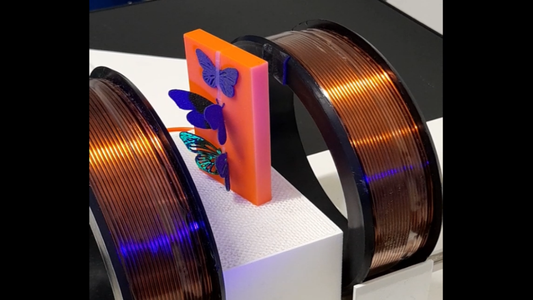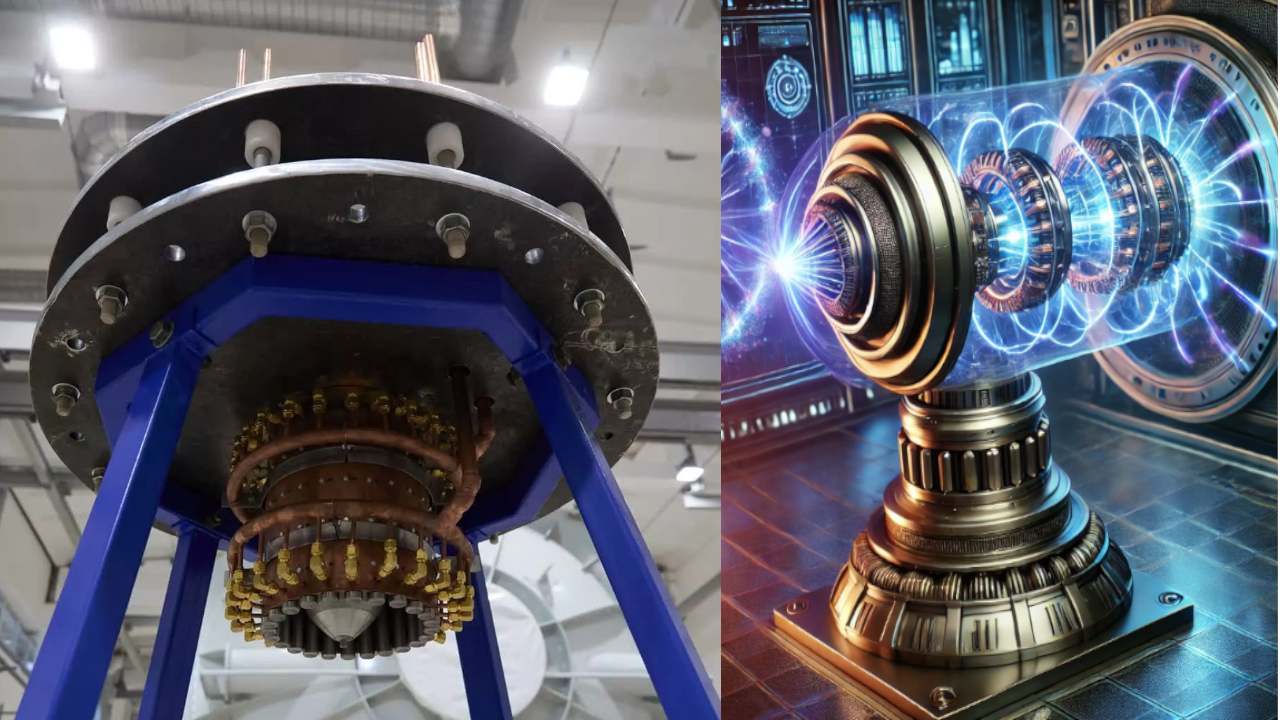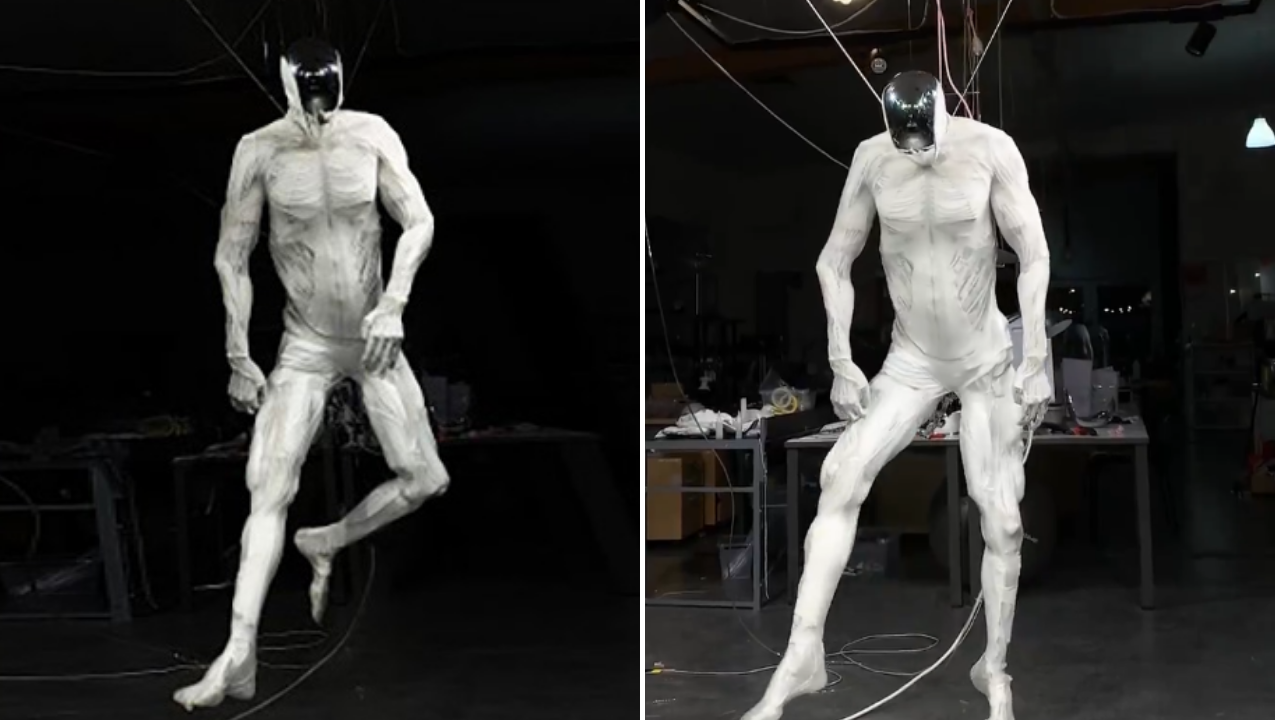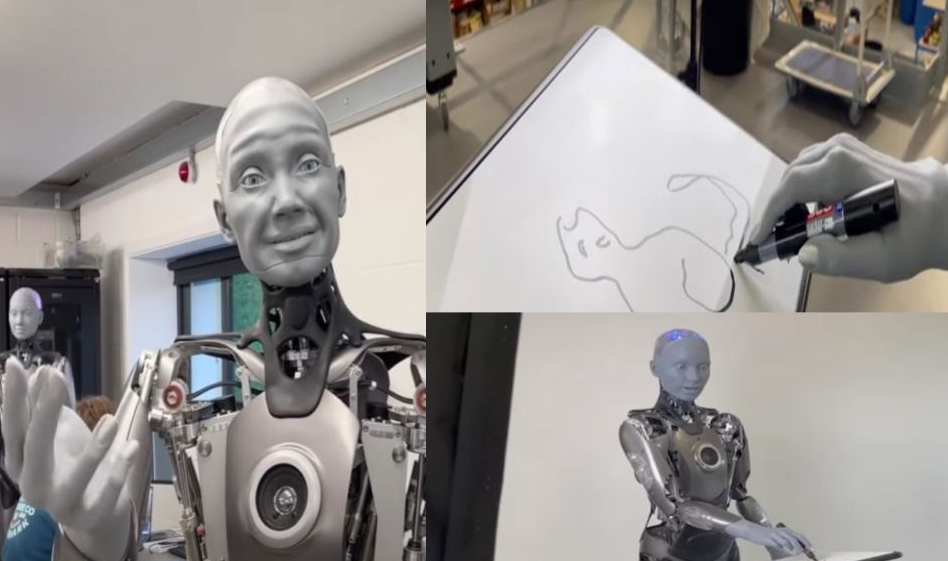Many innovations in robotics draw inspiration from living organisms. This time, a team of researchers at the Technical University of Darmstadt in Germany took inspiration from the wings of the monarch butterfly, a species that travels thousands of kilometers annually, showcasing the strength and unique design of its wings.
For this reason, the researchers sought to develop a way for robotic wings to mimic the motion of these butterfly wings without using traditional motors. They created the wings using a blend of flexible plastic embedded with microscopic magnetic particles. When exposed to an external magnetic field, these particles move, causing the wings to bend and flap in a manner similar to real butterfly wings.
This approach eliminates the need for batteries, motors, and complex mechanisms in wing construction, resulting in reduced weight and cost.
The team designed and 3D-printed numerous wing prototypes until they achieved an efficient design that responds to magnetic fields, allowing the wings to flap just like those of a real butterfly.
However, the researchers did not create a complete robotic butterfly. Instead, their focus was on perfecting the wing movement as a first step toward building miniature flying devices that require minimal energy and no traditional motors.
The success of building flying devices using this technology opens the door to a wide range of applications, including agricultural monitoring, environmental surveillance, and wildlife tracking to collect data in areas that are difficult to access with large monitoring equipment.
Additionally, these devices could be used in search and rescue operations in disaster-stricken areas, helping to locate survivors and navigate through rubble. The use of magnetic fields to power robots could also have numerous applications in medical and surgical fields.









